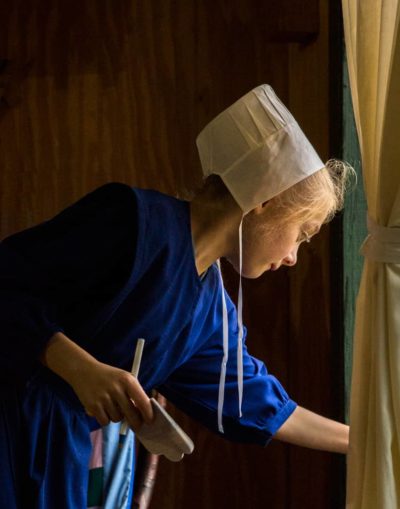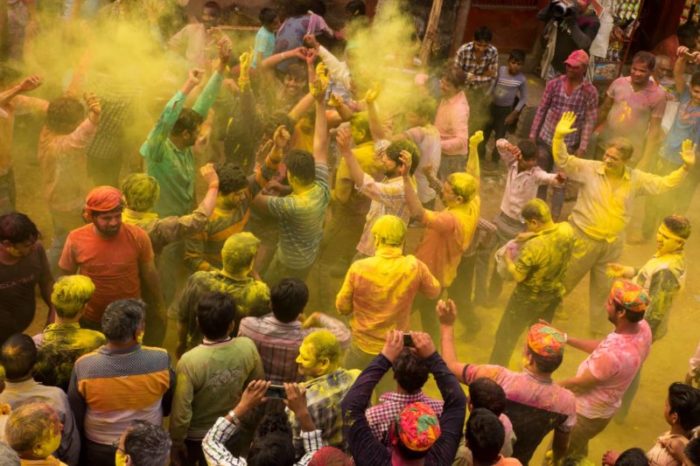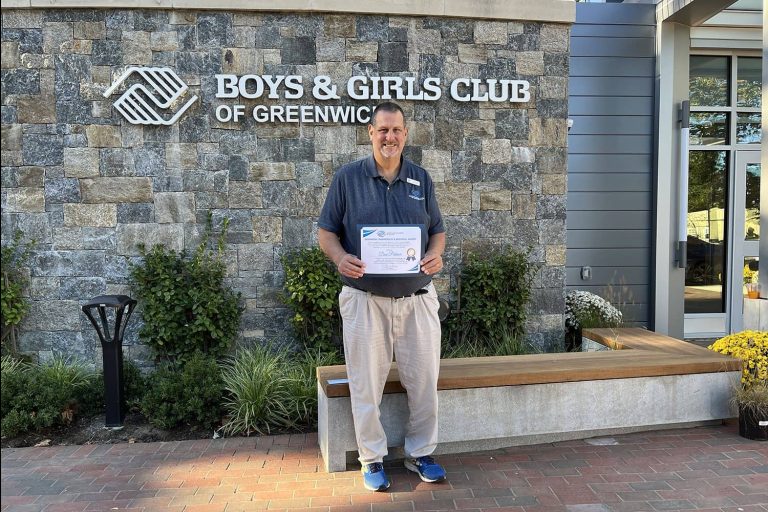
By Anne W. Semmes
It all started when Mike, now retired, went in search of a photography workshop that took him to San Miguel, Mexico. “It was run by a guy named Edie Solloway,” says Mike, “who is just a genius at getting people hooked…The point of that particular trip was the essence of San Miguel.” But what drew Mike was the people that captured the essence of the country. “It’s the fun of being in a location and talking to the person, getting them involved,” he tells,
“And then taking their picture.”
Such encounters gave Mike the title of his book. Walking down a street in Gallup, New Mexico, he eyes a Navajo woman wearing an Obama t-shirt. She says, “Don’t take my picture.” He tells her, “Don’t worry, I don’t photograph anybody that doesn’t want to be photographed.” He pauses then says, “You must miss him,” pointing to her Obama t-shirt. “I miss him every day,” she says. “You can’t miss him any more than I do,” he responds. A hug follows, and she says, Now, you can take my picture,” and her response becomes the title of Mike’s new book.

Mike’s wife Sally chimes in. “I don’t know what it is, but when we travel, he just starts talking to people.” Like that trip to Iowa. “It’s farm country and these two people walk by walking their dog and they say what are you doing? And he said, ‘Well, we’re taking pictures – we love farms.” They respond, “Would you like to photograph our husbands who are harvesting the soy fields 15 minutes away?”
It is clear to see how Mike in his photographic travels is engaging in what could be called cultural photography, and one culture he was truly privileged to photograph, and has for over five years, is an Amish family. A photograph in his book is of that Springs, Pennsylvania family, father and mother and their 10 (later 13) children.
“The Amish are known for their unwillingness to be photographed,” he writes, beside that photograph. But Mike made his way, first encountering two of the boys at the family roadside stand, buying bread, then asking if he could take their picture. Two months later he brought to the boys prints of their photos, asking them to share with their parents. A letter followed asking if he and his wife could “photograph the family and their way of life.”
One of the Amish photos in the book is of a young daughter, “Ruth at the Window” that surely is much treasured by that family. Its an image that Vermeer would revere.
Mike, along with Sally, has found himself in the middle of bullfighting “in the raw” in Columbia, but nowhere more bizarre than in India at the celebratory spring Holi Festival, where “everybody just circles around and throws paint pigment on each other.” Turns out it’s a known photographer’s destination, and surely now for this reporter, a unique window on that world.
“I like workshops because they take you someplace unusual and different,” says Mike, “and the Holi Festival was totally a group effort.” Sally adds, “And we couldn’t go to India and photograph the Holi Festival without this photographer that we went with. She knows exactly where to go and when.”
So, where are they headed next? To a workshop in Santa Fe. “It’s a pretty big photography center,” says Mike, “I’m sure they’ll take us to places that we wouldn’t discover that are good places for photographs.”
It is Eddie Solloway, also based in Santa Fe, whose workshop in San Miguel, Mexico, inspired Mike upon his cultural photography way, who writes the introduction to Mike’s new and first book. “True photography secrets,” Solloway writes, “get overshadowed by an obsession with cameras and software. The myth that bigger and faster are better can distract from the skills of seeing, being curious, and caring about your subject.”

Yes, in speaking about photography with Mike, his camera was never mentioned. Asked later he tells it is a Canon EOS 5D Mark iii. He did mention why he did the book – “Having something in print, in a book form, has a much longer lifespan than individual photographs do.” And that book took hum two years to put together, and he has a few hundred of them on hand out of 1,000 ordered.
But then Mike returns to storytelling about his photographs, of that time he and Sally were exploring the Mississippi Delta and on a Saturday night headed for the Ground Zero Blues Club where a captivating “Razorblade” was the singer. After the performance Mike got his agreement for taking his picture. Razorblade would take them to his church the next day. “While we chose not to take photographs,” writes Mike in his book, “We will never forget the service: the sermon, the music, the joy of celebrating God.”




